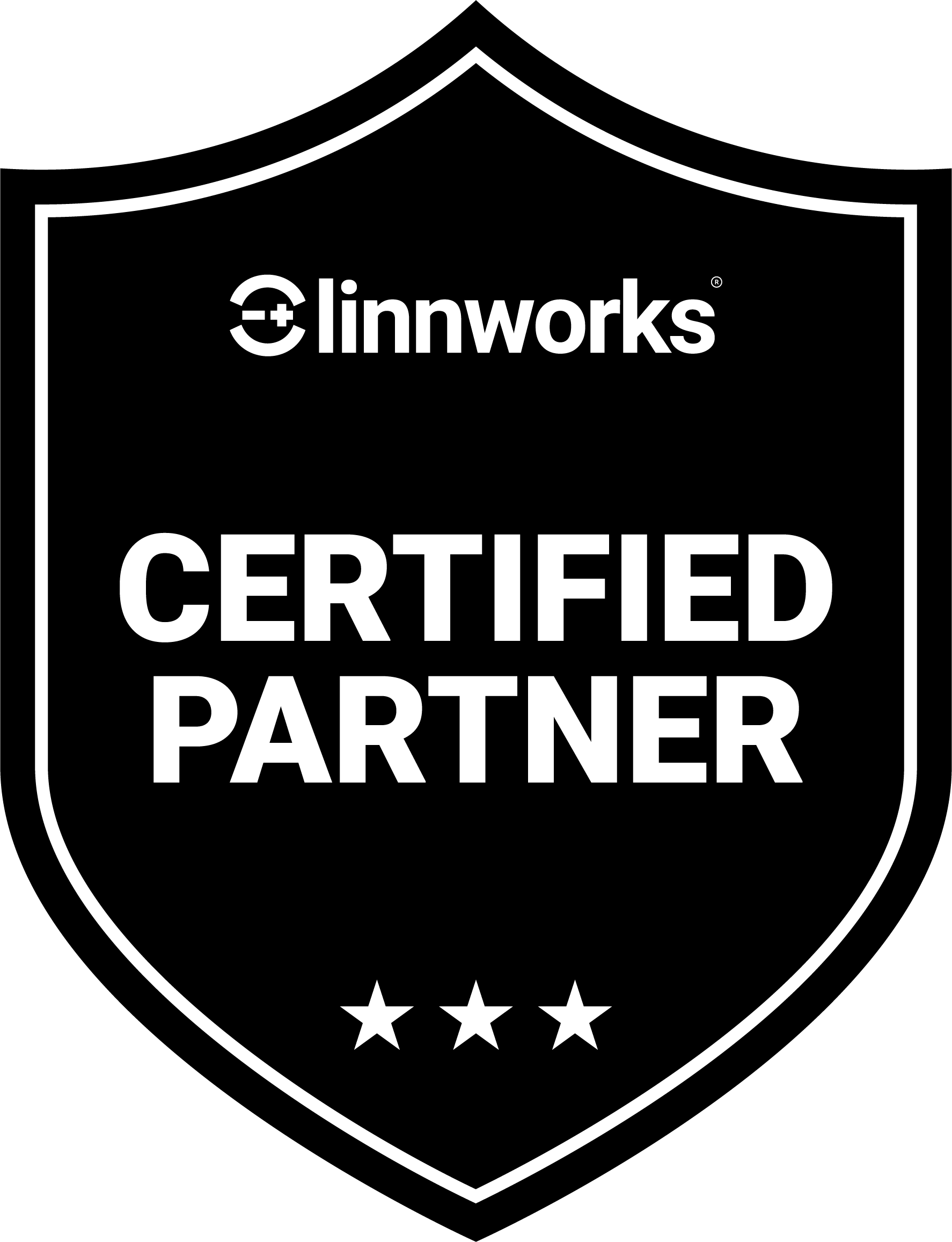18 September 2025
A hands-on guide to AI chatbots for business, demystified
Most business chatbots flop. We know how to build one that actually works.

Solutions
Author

Ivan Dochynets
Chief Technology OfficerYou need an AI chatbot for your business. Your competitors are building them. Investors want proof that your digital infrastructure can scale. And your team is stretched thin, hunting for senior AI engineers who won’t vanish into another startup or demand a fortune.
It’s easy to get lost in hype and trendy “conversational AI” buzzwords. Real AI chatbot for business website development moves the needle without creating operational headaches, security blind spots, or a mess of unmaintainable code. If your goal is smarter, more efficient customer interactions and data you can trust, pay attention.
Our CTO, Ivan Dochynets, breaks down what matters in the best AI chatbot for business development services: technical architecture, team composition, integration, and risk mitigation. Consider this your practical guide to building an intelligent AI chatbot for business growth that doesn’t flop.
Table of contents
What is an AI chatbot for business, and why do you need one?
At its simplest, an AI chatbot for business is software that talks to people, understands what they mean, and takes action. That action could be updating a CRM record, booking a demo, or even processing a payment.
The “AI” part is how it handles the messy human language. Customers use slang, change their minds mid-sentence, or ask three things at once. That’s where conversational AI — the mix of natural language processing, dialogue management, and machine learning — steps in.
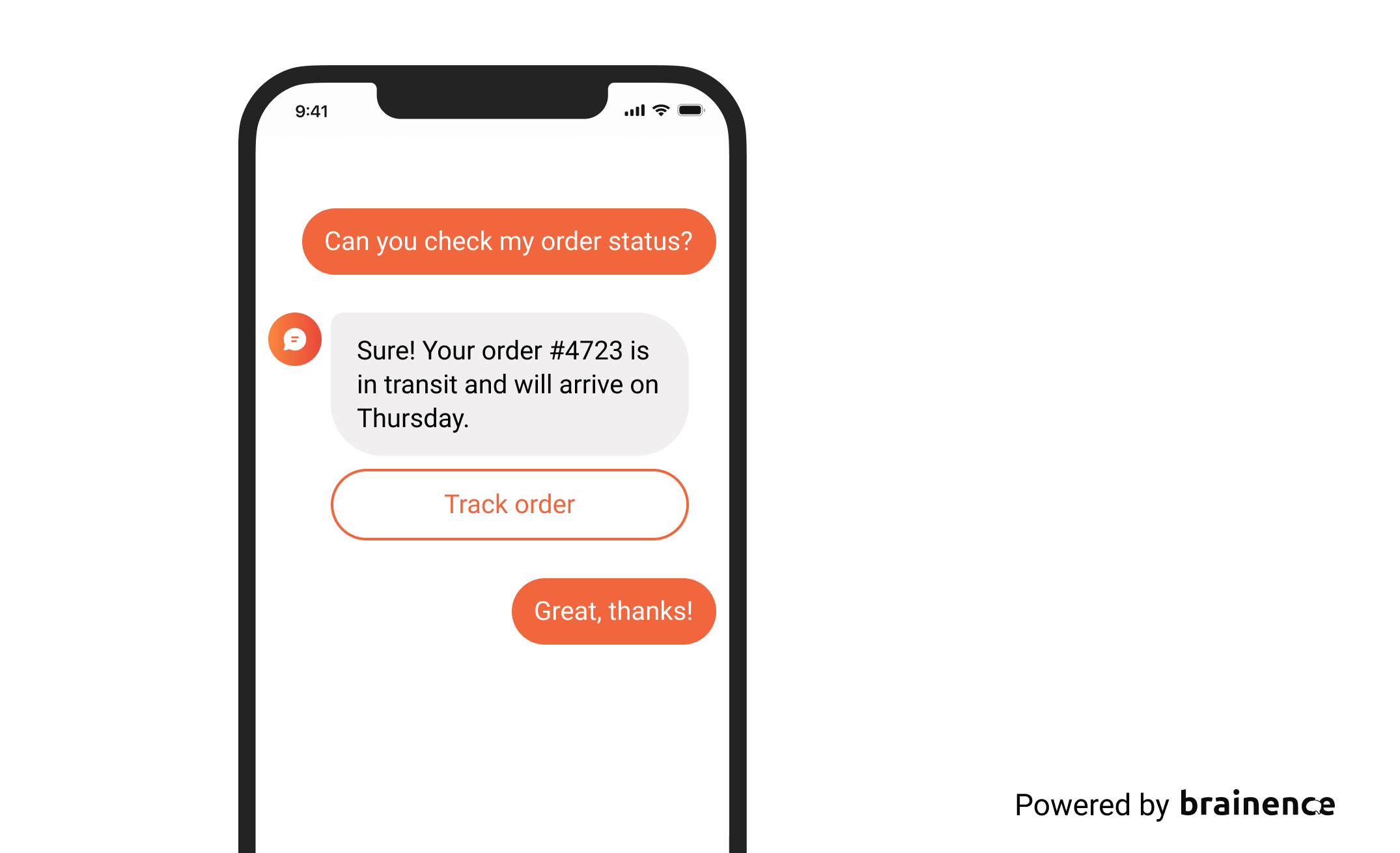
If that alone doesn’t sell it, here’s why business leaders invest in AI chatbots for business growth. Three reasons stand out:
Do more with less. Instead of hiring another 20 support reps, a chatbot can handle thousands of simultaneous conversations without breaking a sweat. That means faster response times, lower headcount costs, and less pressure on your team.
Don’t make customers wait. No one likes waiting in a queue or repeating the same info three times. A well-designed AI chatbot for a business website remembers context, provides instant answers, and escalates smoothly to a human when needed. Customers get speed without losing the personal touch.
Not just save — earn. Beyond support, AI chatbots for retail business can qualify leads, nudge prospects through a sales funnel, or recover abandoned carts in e-commerce. Done right, they don’t just save you money, but help make more of it.
Of course, all of this only works if the bot is built with the right foundation. Which brings us to the uncomfortable truth: most chatbots in the wild don’t live up to the promise.
Chatbots are everywhere, but many fail. Why?
Everyone’s rolling out AI chatbots for their businesses these days. Automate support, qualify leads, guide users through workflows… sounds great on paper. Reality check: many bots crash the moment you ask something off-script.
They fail not because the AI chatbot development is weak, but because the gaps between planning, design, and launch are ignored.
What usually goes wrong:
- They can’t handle real conversations. Multi-turn dialogues and context switches? Forget it. Many bots lose track after two or three exchanges.
- They’re expensive to maintain. Teams underestimate the ongoing effort needed for updates, monitoring, and retraining models. A bot isn’t a set-it-and-forget-it widget.
- They ignore security and compliance. Especially in healthcare or fintech, skipping encryption, access control, and audit trails is a fast track to trouble.
- They try to do too much. Bots that attempt every possible task usually do none well.
- They lack a human fallback. Users still want human support when AI hits a wall. Bots without proper escalation protocols leave users frustrated.
- They’re built in silos. A bot that doesn’t integrate with your CRM, ERP, or booking system just adds friction instead of removing it.
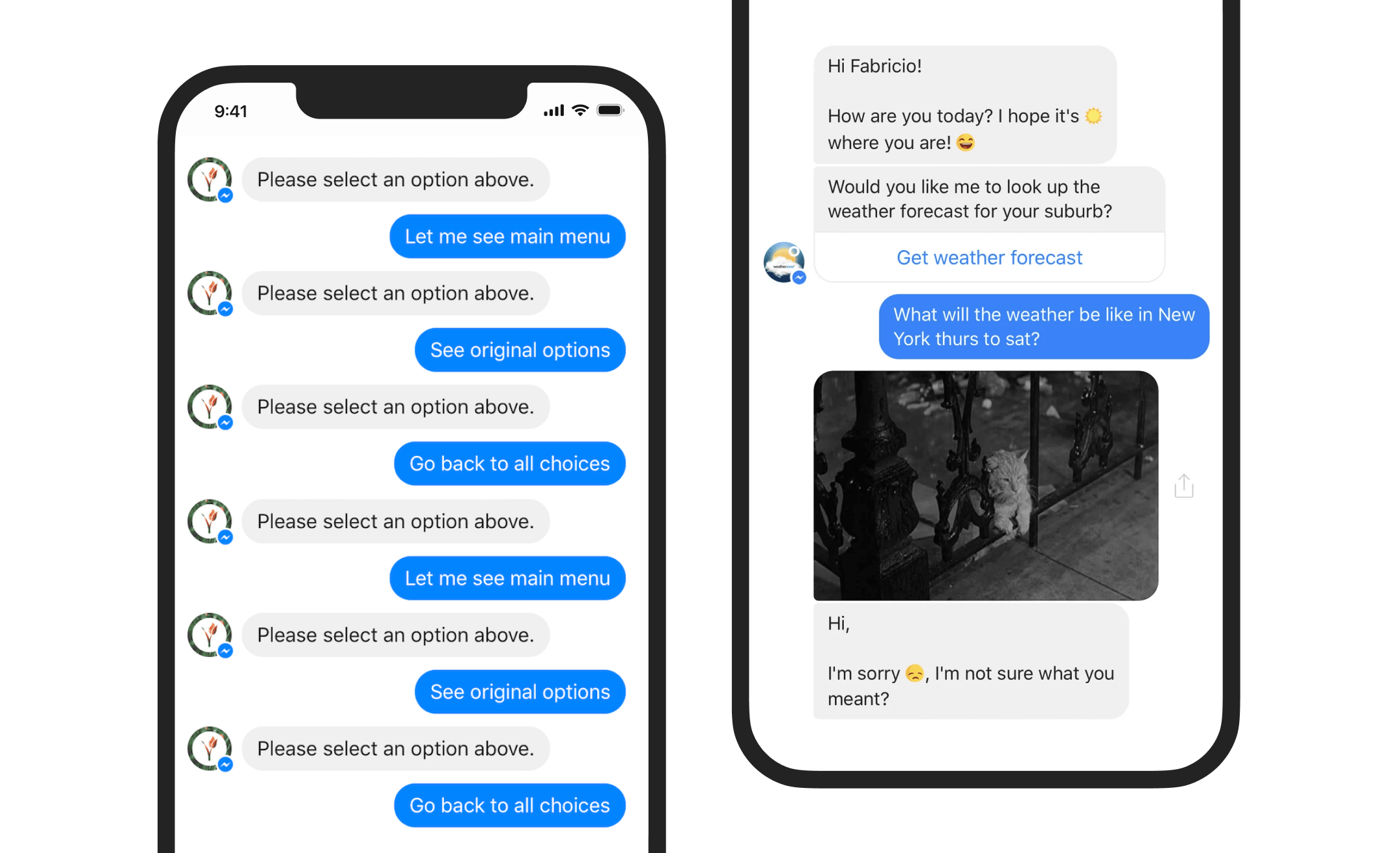
If you don’t want a bot to embarrass you, don’t treat it like a simple code dropped into your website or app. It’s a product that needs clear goals, smart design, solid integrations, and ongoing support.
Let’s break down each stage so you can see what it takes to turn a good idea into the best AI chatbot for your business.
Finally, AI chatbot development made simple
Focus on growing your business while your bot handles support, leads, and transactions seamlessly. We’ll help you build it, fast.

AI chatbot development lifecycle: from concept to deployment
The lifecycle of an AI chatbot for business has several phases, each critical to its long-term success. Skip a step, and you’ll end up with a bot that talks a lot but accomplishes very little.
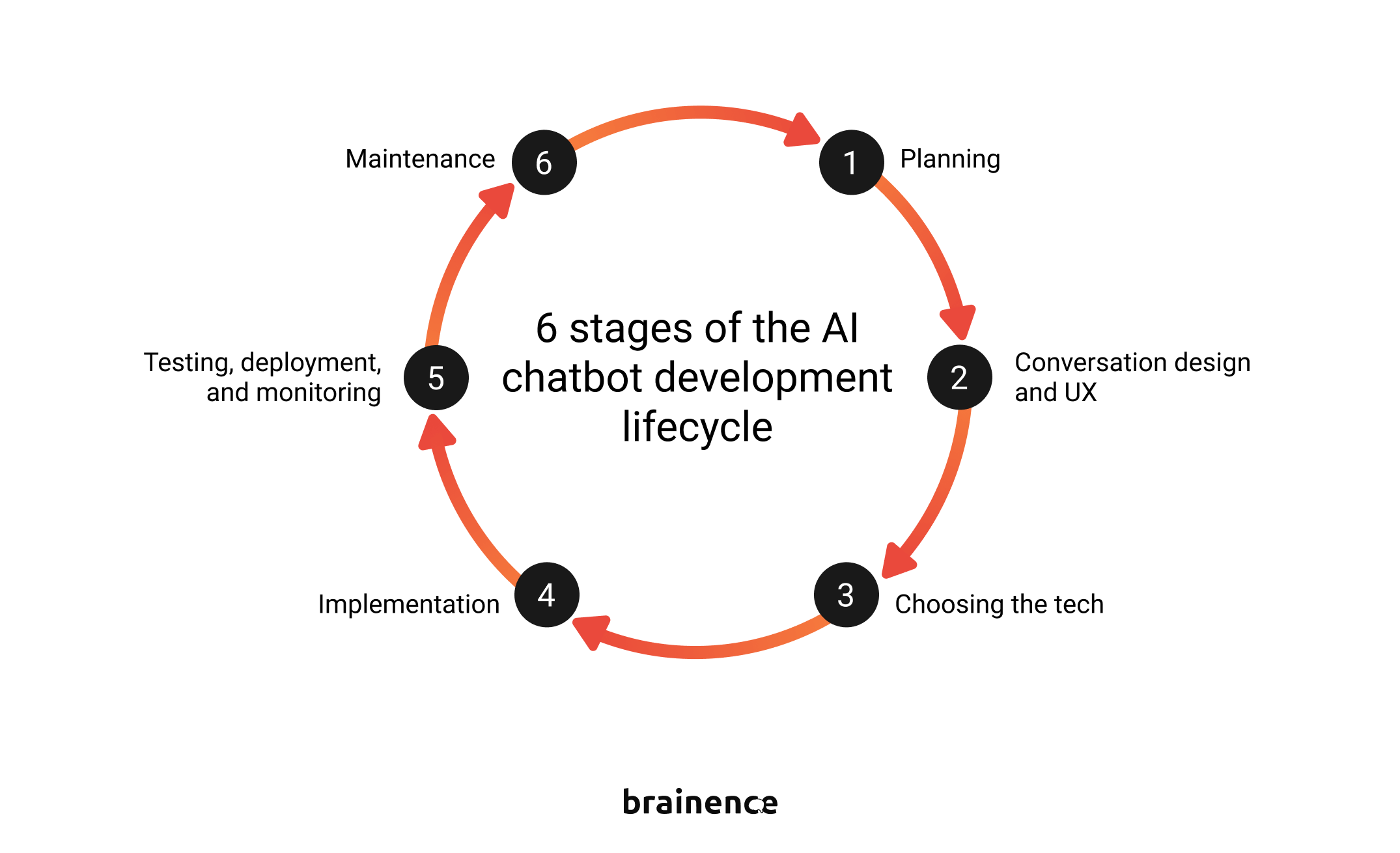
1. Planning: purpose, scope, and boundaries
Clarify the why. Are you automating lead generation? Supporting a customer service team? Handling transactions? Pinning down purpose prevents your bot from becoming a confused, overambitious mess that tries to do everything and fails at all of it.
Next, define scope: what tasks the bot handles, what it explicitly does not, and the channels it will operate on (web chat, WhatsApp, internal portal, voice). Narrow, well-defined capabilities beat a jack-of-all-trades bot every time.
From a technical standpoint, this phase also includes:
- Mapping dependencies to backend systems (CRM, ERP, databases).
- Identifying regulatory requirements (HIPAA, GDPR, PCI).
- Budgeting for ongoing operations — monitoring, model retraining, and maintenance.
Skipping scope planning guarantees feature creep and operational chaos. Trust me: it’s painful to fix later.
2. Conversation design and user experience
This is where UX meets AI:
- Dialogue flow: create tree structures that map possible user intents, fallback prompts, and escalation paths. Include edge cases (typos, slang, contradictory inputs). Avoid dead ends: every user query should lead somewhere, even if it’s just “Let me get a human for you.”
- NLP integration: a bot that relies on keyword matching alone is an advanced FAQ. Real conversational AI leverages NLP to understand intent, context, and nuance. Advanced models can detect sarcasm, slang, and emotional tone.
- Personality and tone: design your bot to align with brand voice while maintaining clarity and brevity. Confusing or robotic responses are the fastest way to lose user trust.
- Technical note: design iterations should involve prototyping and usability testing. Even sophisticated ML models are only as good as the flows they support.
3. Choosing the right platform or custom solution
Platform solutions like Dialogflow, IBM Watson, Microsoft Bot Framework provide:
- Prebuilt NLP pipelines
- Drag-and-drop conversation design
- Quick deployment
…but they come with trade-offs: limited customizability, integration constraints, and potential vendor lock-in.
Custom development, in contrast, allows:
- Tailored AI models trained on domain-specific data
- Complex integrations with enterprise systems
- Complete control over security, logging, and compliance
…but requires specialized talent, more time, and higher investment. The choice isn’t arbitrary: align it with your use case complexity, timeline, and risk tolerance, especially if you want the best AI chatbot for your business.
4. Implementation: building and training the bot
Now the rubber meets the road. This phase is about coding flows, implementing ML models, and connecting the bot to real systems.
Training the AI:
- Supervised learning models (TensorFlow, PyTorch) allow your bot to adapt to user behavior.
- Curate diverse datasets: user intents, query variations, error patterns.
- Test for biases and gaps in coverage.
Integration: CRM, ERP, booking systems, payment gateways. A bot without integration is a talking head with no agency.
Security from day one: encryption, role-based access control, audit logs, and regulatory compliance cannot be afterthoughts. Neglect this, and your AI chatbot for a business website becomes a liability instead of an asset.
5. Testing, deployment, and monitoring
Launch is actually the start.
Testing:
- Scenario testing: every possible user path, edge case, and error condition.
- Load/stress testing: can your bot handle peak traffic without failing?
- UX testing: does it feel human enough, and does the dialogue actually work?
Deployment: each channel (web chat, WhatsApp, internal portal, voice) requires platform-specific configuration, API keys, and webhooks.
Monitoring: analytics dashboards, conversation drop-offs, resolution rates, sentiment analysis. Feed these insights back into continuous improvement loops to retrain models, refine flows, and update knowledge bases.
6. Maintenance
Even after launch, the work is never done. Chatbots decay if neglected.
- Update content and scripts to reflect product or policy changes.
- Tune conversation flows to handle new edge cases.
- Retrain AI models on recent interactions.
- Apply security patches and monitor compliance.
A neglected bot is worse than nothing, because it erodes trust and frustrates users. A successful AI chatbot for a retail business requires continuous attention, monitoring, and iteration.
Anatomy of an AI chatbot for business growth
So, what separates a meh bot from a business-grade AI powerhouse? The answer lies in its architecture. Think of a chatbot as a five-layer cake: miss one layer, and the whole thing collapses. Here’s how we build an AI chatbot for business growth.
1. NLP engine: the brain
This is where intelligence happens. Not just keyword spotting, not a glorified decision tree. A proper Natural Language Processing (NLP) engine understands intent and entities — it knows that when a user says “I want to book a meeting with Dr. Patel next Thursday,” they mean exactly that. It distinguishes between subtle differences: “book” versus “reschedule,” “Thursday” versus “next week.” Skip this, and your AI chatbot for business is basically a parrot repeating scripts.
2. Dialogue management: the memory
Conversations are messy. People change topics, backtrack, or contradict themselves. Dialogue management ensures your bot remembers context and handles multi-turn exchanges without losing the thread. It’s the difference between a bot that politely asks for clarification and one that repeats “I didn’t understand” ad infinitum. Proper dialogue management keeps interactions smooth, human-like, and frustration-free.
3. Integration layer: the connective tissue
Your bot might talk a good game, but if it can’t reach your CRM, ERP, booking system, or payment gateway, it’s basically shouting into the void. No real-time data means no real action. Integration is what makes a bot useful: rescheduling appointments, updating customer records, and processing payments.
4. Security layer: the watchdog
Encryption, access control, logging, and compliance must be baked in from day one. A bot that handles sensitive health or financial data without proper safeguards is an accident waiting to happen. Think of it as seatbelts and airbags: the more complex your bot, the more important this layer becomes.
5. Analytics and feedback loop: the growth engine
Finally, a bot that doesn’t learn is a bot that decays. Analytics track conversation flows, success rates, and user satisfaction. Feedback loops feed these insights back into the bot — retraining models, refining dialogue, updating integrations. Continuous improvement isn’t a “nice-to-have”; it’s non-negotiable if you want the best AI chatbot for business.
A chatbot is the same. Skip memory, integrations, or security, and it’ll chatter away without doing much. Nail everything, and it might actually work. But to turn all the parts into something that reliably delivers, you need a proper process. That’s why the AI chatbot development lifecycle — from concept to deployment and continuous tweaks — is non-negotiable.
Looking for the best AI chatbot for your business?
Get a bot that actually solves your problems, integrates with your systems, and grows with your business.

What keeps chatbots from delivering — and how to fix it
Even the fanciest AI stack and meticulously crafted flows can still fail spectacularly. Don’t blame the technology, though. The real issue is when expectations, execution, and operational realities collide. So, what’s really behind chatbot failures, and how do you avoid them?
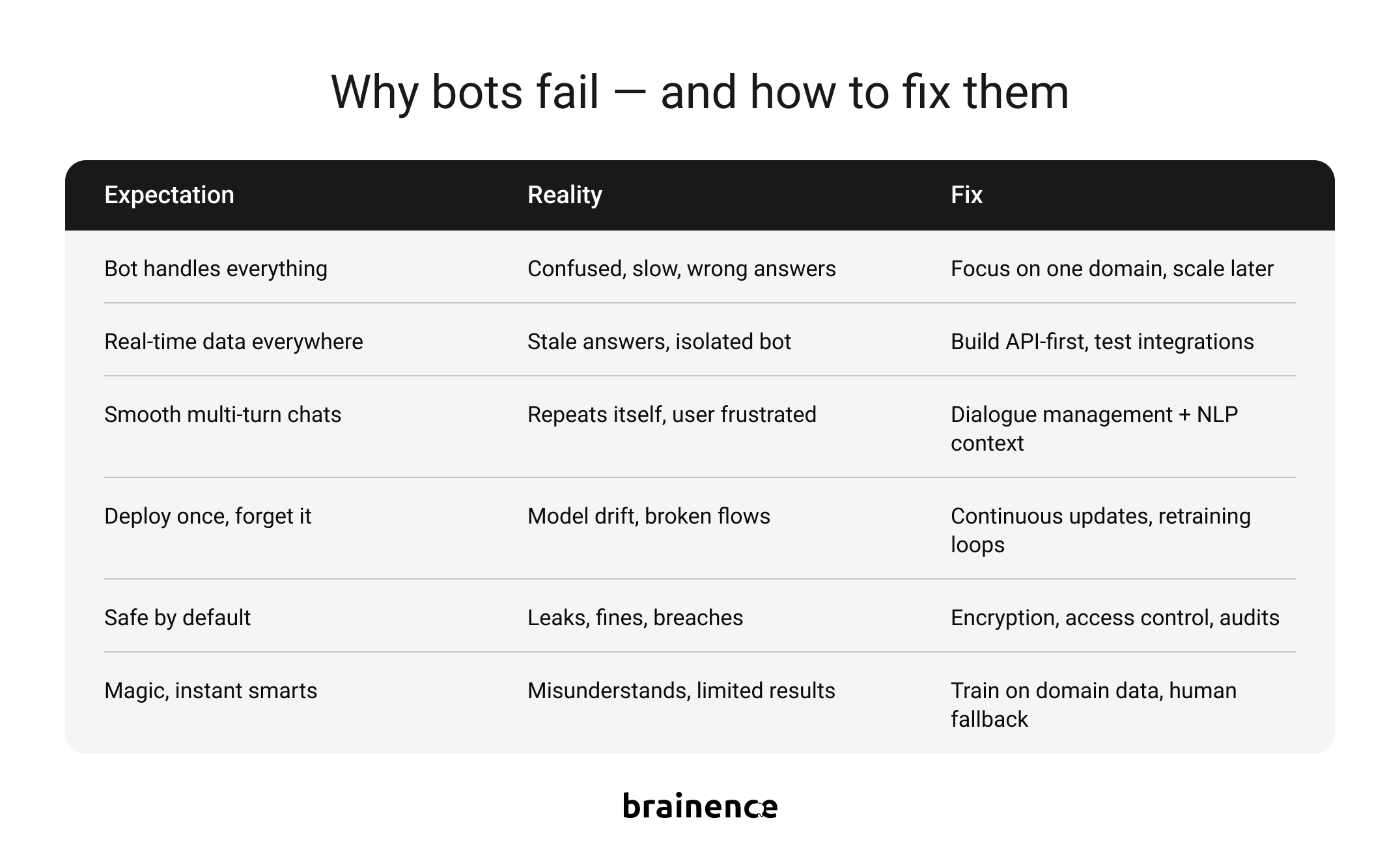
1. The “jack-of-all-trades” syndrome
We’ve seen it dozens of times: a bot multitasking with FAQs, lead generation, bookings, payments, upselling, internal reporting, and maybe even scheduling a vacation. Ambitious? Sure. Effective? We really doubt.
When a bot tries to do everything, it masters nothing. NLP gets confused, flows break, users get frustrated.
Fix it: start small. Nail the core use case, then scale. Focused AI chatbots for business growth build trust and ROI, while bloated bots just annoy and push people back to phone support.
2. Integration pitfalls
A chatbot that doesn’t integrate with your CRM, ERP, or internal databases is nothing more than an FAQ with a fancy UI. Users want real-time status updates, personalized recommendations, or transactional interactions, not stale, generic responses.
Fix it: design integration into the architecture from day one. API-first thinking, webhooks, and secure authentication are mandatory. Build endpoints, map entity relationships, and test each integration under realistic traffic loads. Without this, even a perfectly trained AI chatbot for a business website is talking to itself.
3. Context loss and conversational breakdowns
Humans can track multi-turn conversations, read between the lines, and switch topics mid-flow. Bots often can’t unless you plan for it.
Context loss is the silent killer of user experience. A bot that forgets what the user said two steps ago forces repetition, causes confusion, or, again, pushes users to leave the chat.
Fix it: invest in robust dialogue management. Keep session-level and cross-session context, build fallback prompts, and implement error-handling scripts. NLP pipelines should recognize intent drift, detect topic changes, and gracefully guide the conversation back on track.
4. Maintenance neglect
Deployment is not the finish line. Chatbots degrade like any living system. Models drift, integrations fail, UX flows stagnate, and user satisfaction plummets. The worst mistake you can make at this stage is to treat your bot as a “set-and-forget” tool.
Fix it: run your bot as a product with continuous improvement loops. Monitor analytics dashboards, retrain models regularly, audit UX flows, and patch integrations. Schedule periodic reviews of conversation transcripts to spot gaps and update the knowledge base.
5. Security and compliance blind spots
Especially in healthtech, fintech, or any regulated industry, a chatbot without proper security is dangerous. Data leaks, non-compliance, or missing audit logs can escalate into regulatory fines or reputational crises overnight.
Fix it: Enforce end-to-end encryption, granular access controls, and rigorous audit logging. Conduct penetration testing, vulnerability scans, and compliance reviews regularly. Never treat security like an option.
6. Overestimating AI magic
Finally, the “AI will solve everything” fallacy. Off-the-shelf models promise fast deployment, but without domain-specific data, careful training, and operational oversight, results are underwhelming. Expect your bot to answer complex queries “out of the box,” and you’ll be disappointed.
Fix it: combine niche senior talent, robust ML pipelines, and realistic expectations. Train models on your own datasets, monitor performance continuously, and supplement AI with escalation to human agents when necessary. A well-built AI chatbot for a retail business can do amazing things, but only when built and managed intelligently.
Explore AI chatbot development with Brainence
You’ve seen why most bots fail, what makes a business-grade chatbot tick, and the lifecycle that transforms an idea into a live, learning digital assistant. Now comes the question every founder faces: how do we actually make it happen without burning budget, talent, or user patience?
This is where Brainence steps in. We’re not claiming to be the world’s oldest AI consultancy. But we do bring a track record of building complex software solutions, scaling hybrid teams, and bridging the gap between visionary ideas and operational reality. Our approach combines:
- Niche senior talent. Engineers, data scientists, and UX designers with deep experience across fintech, healthtech, retail, telecom, and more.
- Secure, scalable AI/ML development practices. We prioritize encryption, compliance, and operational resilience from day one.
- Integration expertise. Your chatbot won’t exist in a silo. We make it part of your ecosystem — CRM, ERP, booking, and payment systems included.
- Lifecycle oversight. From planning and conversational design to deployment, monitoring, and continuous improvement, we guide you every step of the way.
Your result? A chatbot that doesn’t just talk but performs, delivering measurable business value while reducing operational headaches. Plus, never-ending support and updates.
Rely on us for an AI chatbot for business website development. Whether you’re testing the waters or ready to deploy a full-scale solution, Brainence can help you turn conversational AI from a concept into a reliable, intelligent asset for your business.
Questions you may have
What are AI chatbot development services?
AI chatbot development services help businesses design, build, and deploy intelligent AI chatbots for business that automate customer interactions, streamline workflows, and provide real-time insights. Think of it as creating a digital assistant that actually works for you.
Why should my company invest in AI chatbot services?
AI chatbots for business growth save time, reduce operational costs, and improve user satisfaction. From lead qualification to 24/7 customer support, these bots handle repetitive tasks while keeping human agents focused on complex issues.
What makes a high-quality AI chatbot development service different?
A strong AI chatbot development service focuses on secure integrations, context-aware conversations, and continuous learning. It’s not just about building a bot—it’s about delivering measurable business impact with the best AI chatbot for business.
Can AI chatbots integrate with existing business systems?
Yes. Enterprise-grade AI chatbot for business website development ensures your bot connects seamlessly to CRMs, ERPs, booking platforms, and other systems, delivering accurate and real-time responses.
How long does it take to develop an AI chatbot?
Timeline varies by complexity. Simple bots can launch in weeks using platforms like Dialogflow or Microsoft Bot Framework. Custom, enterprise-level AI chatbot development services with deep integrations usually take a few months, including design, training, testing, and deployment.
How do AI chatbots learn and improve over time?
Through machine learning and continuous feedback loops, AI chatbots for retail businesses analyze interactions, identify patterns, and improve responses. High-quality AI chatbot services implement ongoing model retraining and UX optimization to keep performance sharp.
How do I choose between platform solutions and custom AI chatbot development services?
Platform solutions (Dialogflow, IBM Watson, Microsoft Bot Framework) are faster and cheaper for standard bots. Custom AI chatbot development services offer flexibility, unique features, and complex integrations for businesses with specific needs.
Contact us

The most impressive for me was the ability of the team to provide first-class development and meet all the deadlines.

The team proactively comes up with solutions and is eager to deliver high-quality development support.

I was blown away by the knowledge that Brainence has about web app development, UX and optimisation.
Read related articles

How to build ML pipelines that increase your ROI

How to digitize your business with a cloud-based application? Here’s everything you need to know

